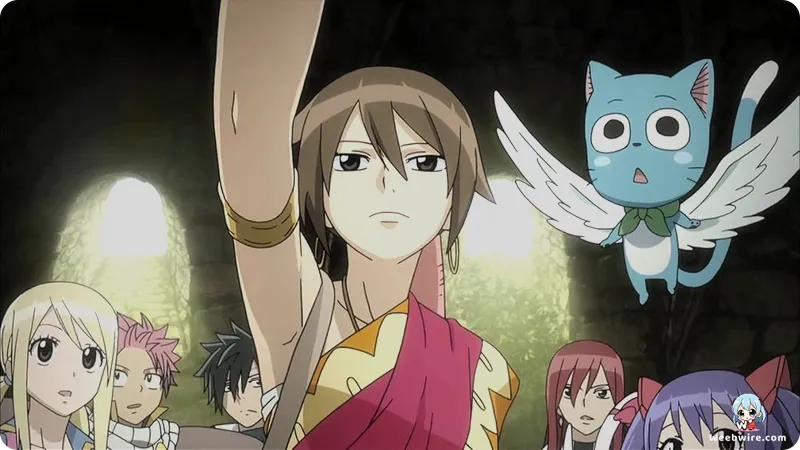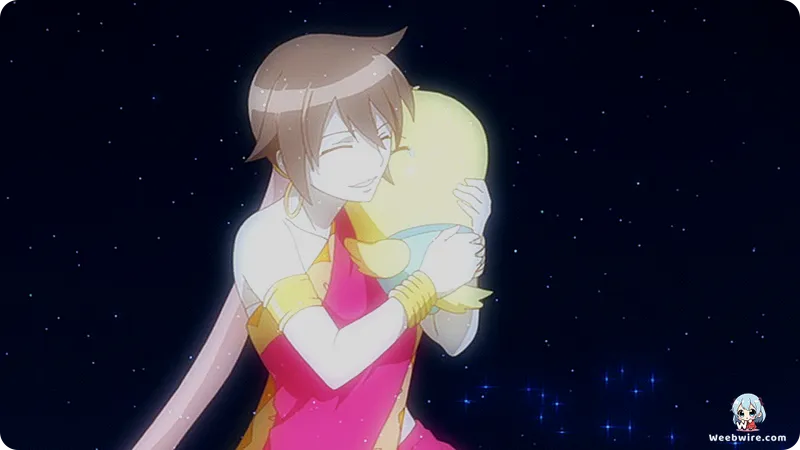Fairy Tail: Phoenix Priestess – A Creator-Driven Cinematic Triumph Beyond Canon

In the vast world of shonen anime, where many long-running series struggle to extend their stories beyond the manga, Fairy Tail achieved something special: an original theatrical film. Released in 2012, Fairy Tail: Phoenix Priestess was more than just an 'extended filler.' It offered fans a deep dive into the world of Fiore, carefully crafted and overseen by the series' creator, Hiro Mashima himself. This direct involvement made the film unique, ensuring it truly captured the spirit of the franchise.
Unlike many anime films where the original author has little input, Phoenix Priestess featured a core story written by Mashima. He carefully guided the script, character designs, and overall direction. This ensured that every moment showed the humor, emotional depth, and lively energy that Fairy Tail fans love. This unmatched creative control made the film an important, though non-canonical, part of the Fairy Tail universe, showing Mashima's strong dedication.
The story introduces two captivating new characters: Eclair, a mysterious girl with a powerful secret, and her lovable bird friend, Mocha. Eclair's design, approved by Mashima, fit perfectly into the existing Fairy Tail style. Her calm nature, set against Mocha's funny actions, brought a fresh energy to the already diverse cast. Eclair's compelling past, linked to the legendary Phoenix Stone, drives the plot forward, exploring deep themes of sacrifice, memory, and the strong power of friendship. These are all key ideas in Fairy Tail. Mocha, even without speaking, quickly became a fan favorite, charming audiences with its expressive reactions and excellent comedic timing.

For the most dedicated fans, Phoenix Priestess is full of subtle Easter eggs and clever references to the wide Fairy Tail lore. While it is an original story, it skillfully includes elements and references that make the viewing experience richer for long-time followers. These thoughtful additions, from brief appearances by background characters to visual nods to important manga or anime moments, show the production team's deep respect for the original material and their commitment to rewarding the loyal fanbase.
Visually, the film was a big step forward for the franchise. The teamwork between A-1 Pictures and Satelight resulted in animation quality far better than the TV series of that time. This cinematic scale allowed for incredibly smooth action scenes, highly detailed backgrounds, and an overall polished look that brought Mashima's dynamic art style to life. Yasuharu Takanashi's powerful music, building on his work for the TV series, provided new, grand themes that perfectly matched the adventure's large scope.
Importantly, Phoenix Priestess gave the beloved Fairy Tail guild members a chance to shine in ways often limited by a TV series format. Natsu, Lucy, Gray, Erza, and Wendy each had moments that showed their individual strengths and, more importantly, their strong, unbreakable bond. The film expertly balanced intense action with the series' signature humor and heartfelt emotional moments. This created a complete experience that felt both grand and familiar. It powerfully reinforced Fairy Tail's lasting message: true strength comes not just from magic, but from the strong ties of chosen family and friendship.
Even though it is not part of the manga's main story, Fairy Tail: Phoenix Priestess, created under Hiro Mashima's direct guidance and staying true to the series' spirit, is a must-watch for any devoted fan. It stands as a magnificent standalone adventure, capturing the very essence of what makes Fairy Tail a globally loved franchise. It is a delightful mix of action, comedy, and heartwarming moments, all presented in a visually stunning package. It is a strong testament to the lasting appeal of Natsu and his friends, proving that the magic of Fairy Tail truly knows no limits.
Credits
Fairy Tail: Phoenix Priestess
Author
Hiro Mashima
Cover Art
Hiro Mashima
Studio
A-1 Pictures
Publisher
Kodansha
Producers





